 MU33-2WIRE-LH-Y
MU33-2WIRE-LH-Y
|
|
||||||
 RB-G-K10C
RB-G-K10C
|
|
||||||
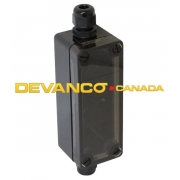 JB-02P-W
JB-02P-W
|
|
||||||
 MLC-K72
MLC-K72
|
|
||||||
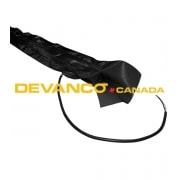 MU22-2WIRE-LH-B
MU22-2WIRE-LH-B
|
|
||||||
 MWRTA12B
MWRTA12B
|
|
||||||
 AW-12A
AW-12A
|
|
||||||
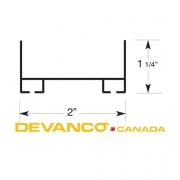 ME123-C
ME123-C
|
|
||||||
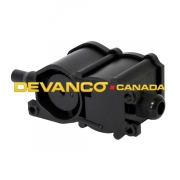 PS-20A
PS-20A
|
|
||||||
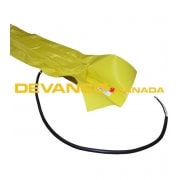 MU22-2WIRE-RH-Y
MU22-2WIRE-RH-Y
|
|
||||||
 MU33-2WIRE-RH-Y
MU33-2WIRE-RH-Y
|
|
||||||
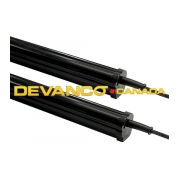 RLC-K36
RLC-K36
|
|
||||||
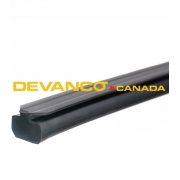 ME110-2W-BLK-L
ME110-2W-BLK-L
|
|
||||||
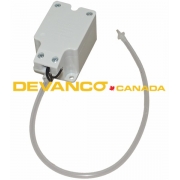 AW-14
AW-14
|
|
||||||
 ME123-YELLOW-LH
ME123-YELLOW-LH
|
|
||||||
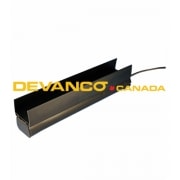 ME123-BLK-U
ME123-BLK-U
|
|
||||||
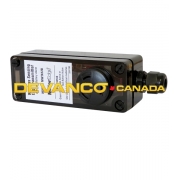 MWTA12B
MWTA12B
|
|
||||||
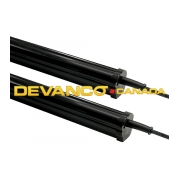 RLC-K72
RLC-K72
|
|
||||||
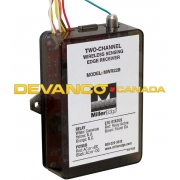 MWR22B
MWR22B
|
|
||||||
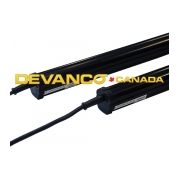 MLC-K36
MLC-K36
|
|
||||||

 Your Search
Your Search